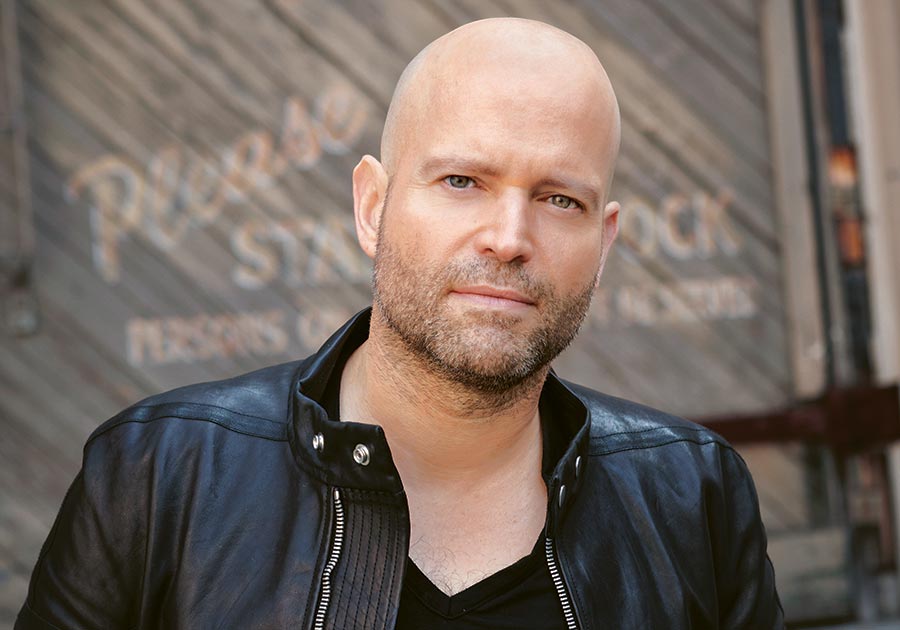Audience participation
Heavy themes, these, yet they come off with a light touch in his films. A moral is always delivered, but through a story rather than a speech. Forster says he aims to entertain as much as to send a message. “A film without an audience is not alive. Only an audience can give a film life. So I always want to entertain and bring the audience into the story, but at the same time I want to deliver a subtext, a philosophy of the way I see the world.”
This is so critical to Forster, he takes on only projects that he can markedly shape. “Off-the-shelf” direction of franchised cinema is not his thing, and he has turned down gigs to prove it. “I have to make stories that breathe my identity,” he says. “I have to be able to find my own voice in a project to incorporate my own DNA – that’s very important.”
The message is the medium?
The means of spreading that DNA are of course changing. Traditional lines between film, television and video gaming are beginning to blur, thanks to myriad delivery forms (from cinema to broadcast to streaming) and to the rise of special effects and virtual reality (VR). “The worlds of cinematic storytelling and VR are starting to blend,” Forster says. “Audiences are increasingly being drawn into the centre of the story, not just emotionally but physically as well.”
New technologies such as Oculus “goggles”, Google’s retina scanning and Snapchat’s “Spectacles” are still in unfinished beta mode, but they clearly are the face of film’s future. “There are so many emerging technologies that we’re in a stage of experimentation right now. We’re not just exploring new implications for film, but a new medium of storytelling. There is constant change, and every challenge becomes an opportunity for creativity,” he comments. “What is certain is a breakthrough for the next frontier of storytelling that will bring a new perspective in how we see ourselves and the world.”
“Death is an inevitable step in our journey, but is something that people don’t want to think about.”
While the technology of presenting stories is changing rapidly, that of making them is surprisingly similar in film and TV. In the recent recording of his first television series, “Hand of God”, Forster found the process and equipment almost identical to that for film-making. Where the two media still diverge sharply is in their approach. “For TV,” he observes, “the shoot is done in ten days and the cut finished in two weeks. In film, there is much more time to do the work, change it, test it with audiences and then make changes again. Television is continuous, so we are required to deliver an experience that is ongoing for the audience. There is a greater investment in film, since we have just one opportunity to deliver the experience.” Moreover, the dramatic demands of the media are still quite different. Audience-testing shows that viewers usually want films to end with a resolution: boy gets girl, family solves problem or whatever. TV watchers, by contrast, often are tantalised by indefinite non-endings. Intentionally so – to keep ratings rolling, the broadcaster wants them to watch next week as well.
Innovation survives
And even these distinctions are beginning to blur, Forster says, as cinema, television and gaming continue to morph into new forms. What doubtless will remain are the “story” format plus the serendipitous dosing of artistry that distinguishes the great from the good from the mediocre.
Apropos his non-inflated ego, Forster is modest about his own muse. (Critics are less inhibited, calling him one of the great directors of his generation.) Still, he is unequivocal about the need for creativity. “Film-making is a very collaborative art. There’s an incredible amount of creativity demanded and shared in this kind of storytelling.” Ingenuity, inventiveness, vision – whatever it’s called – it’ll always be a mainstay of storytelling, which will always be central to human life.
Top 5 box office hits
Source: www.boxofficemojo.com





